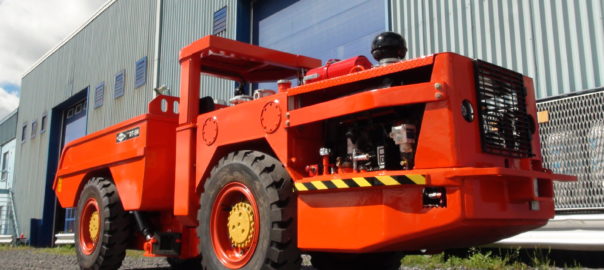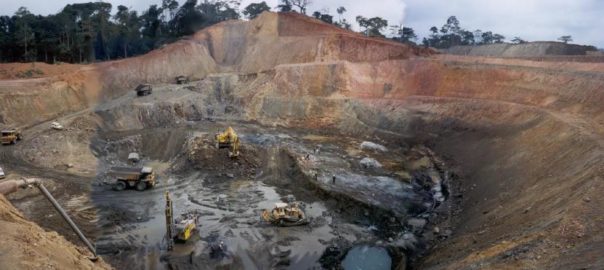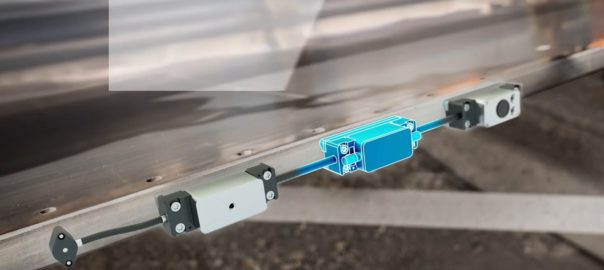Underground mining equipment supplier, DUX Machinery, says it is in the process of manufacturing a very compact DUX Model DSL-300 scoop loader.
The compact model has the operator side seated in an “ergonomically correct” compartment, while the engine side end is identical to the DUX DT-5N dump truck (pictured), which the company designed, built and tested in 2016/2017, with one machine now operating in a narrow-vein copper mine in the US.
The company has become renowned for developing machines for the underground narrow-vein market and said of the mining technique: “The advantage of the narrow-vein mining methods is to improve the ore grade delivered to the mill, significantly reduce waste development and reduce equipment, mining, ventilation and fuel costs.”
DUX’s DSL-300 comes with a 3-t tramming capacity, a machine width of 1.4 m, a bucket width of 1.45 m and a standard SAE heaped bucket capacity of 1.22 m³. It also has an ejector bucket option available.
While this unit is available with a diesel engine for high altitude and EPA Tier 4 Final, EU Stage IV regulated engine, DUX said it is in the process of designing a battery-/electric-powered version of the DSL-300 with on-board battery charging. These will improve noise levels, and reduce ventilation and maintenance costs, it said.
The electric-powered version will be introduced in 2020, according to DUX.









